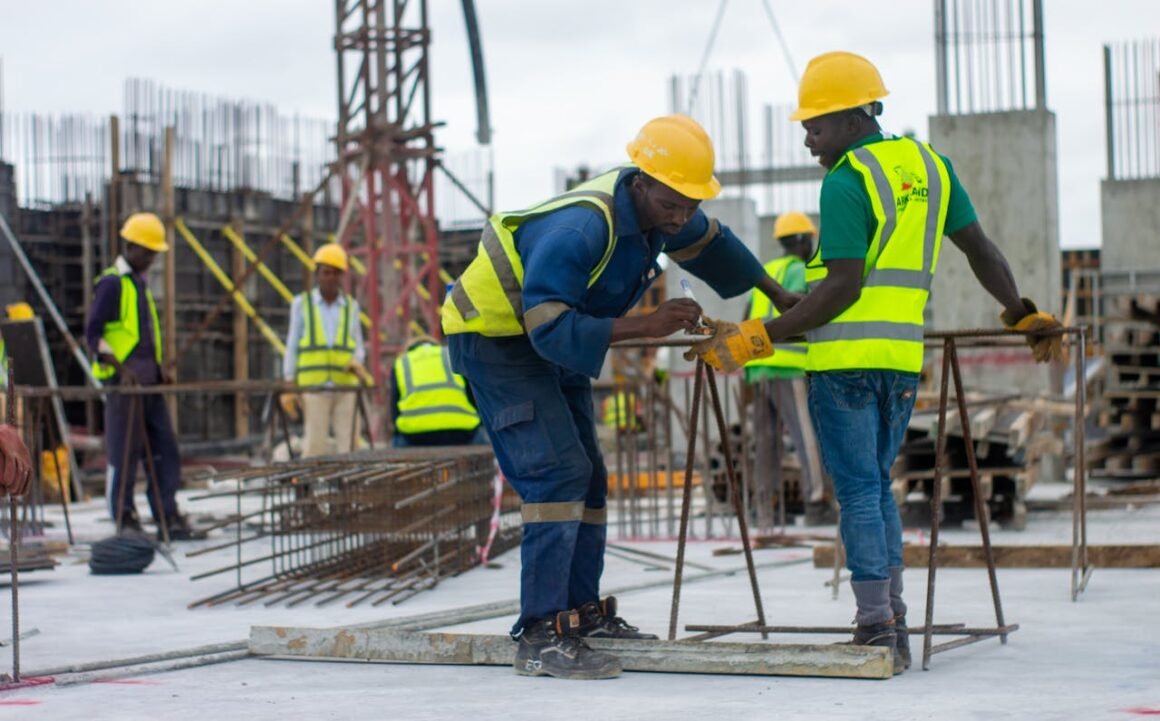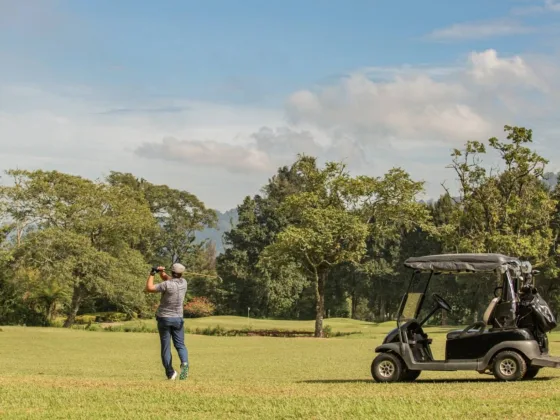Table of Contents Show
The construction industry employs thousands of workers every year and benefits the economy in multiple ways.
However, working on a construction site is no easy feat. With materials, equipment, and vehicles moving around, safety is of paramount importance. It’s vital to take the right safety precautions on construction sites to ensure that tasks get done safely and efficiently.
There are multiple safety risks that may lead to injuries or accidents. To remedy this issue, there are certain essentials that every construction site worker should have access to minimize risks.
To achieve safety as well as efficiency on construction sites, you will often need certain specialist equipment. In this article, we will explore five essentials that every construction site worker needs to keep themselves safe and well-equipped for anything.
Let’s get started!
1) Welfare Units
To get the best output from your workforce, you have to cater to their health and safety needs. That’s why welfare units and cabins play a significant role at construction sites.
Legally, you need to provide toilet and washing facilities along with a place for your crew to eat, rest, change, and recuperate to comply with HSE requirements. This is where cabins and welfare units come in.
The role of a site welfare unit is to improve site safety as well as provide workers and managers with a safe space to take breaks. Moreover, these units are also used to hold meetings or store paperwork, thus, ensuring the smooth running of your construction site along with a happy workforce.
2) Safety Gear
On every construction site, the safety of your workers is the highest priority. It’s important to equip your workers with the right safety gear such as hard hats, eye protection, tough work boots, etc.
On busy construction sites, there’s always a chance you could be struck by a falling object. Moreover, if you’re not wearing the appropriate gear, this could even result in serious injuries. To prevent such injuries, you need to ensure all your workers are well-equipped with industry-standard hard hats to keep them safe and protected.
Similarly, drilling, hammering, and brickwork release dust and other airborne particles into the air that may cause eye injuries. By investing in strong goggles and face shields, your workers can protect their eyes, head, and respiratory system.
3) External Cable Protectors
There may be instances wherein your construction sites require electrical equipment or the installation of electrical wiring for new buildings. There are likely to be many wires present both above as well as under site grounds.
These wires could prove to be a safety hazard in more ways than one and could result in injuries. Cable protectors are a wonderful means to protect your wiring while also reducing the risk of accidents and injury to on-site workers.
4) Generators
Generators are used to convert mechanical energy into electrical energy and are often used for construction. They provide construction sites with constant power so that workers can do their jobs seamlessly.
Because reliable power is crucial, most construction sites have backup generators too. This ensures there’s always a source of electricity, no matter what.
5) Bins, Waste Containers and Rubbish Chutes
Many construction sites face issues related to waste management, which further causes delays in construction activities.
Since clogged pipelines and strong odors on-site may impact worker productivity, it’s important to plan ahead. To prevent such issues, you need to always ensure you have the right equipment to store as well as remove any site waste.
By having the right bins and waste containers in place, you will also do your part in ensuring materials are recycled correctly. Furthermore, by reducing levels of rubbish on site, you also reduce risks of accidents as well as loss of space.
To Wrap Up
Running a construction site is a serious and challenging task. However, it could also be a rewarding and lucrative career choice.
If you want to run your construction site at the highest efficiency, there are certain aspects you need to take into account. With a little planning and preparation, you will be able to minimize risks and maintain the health and safety of your on-site team.










